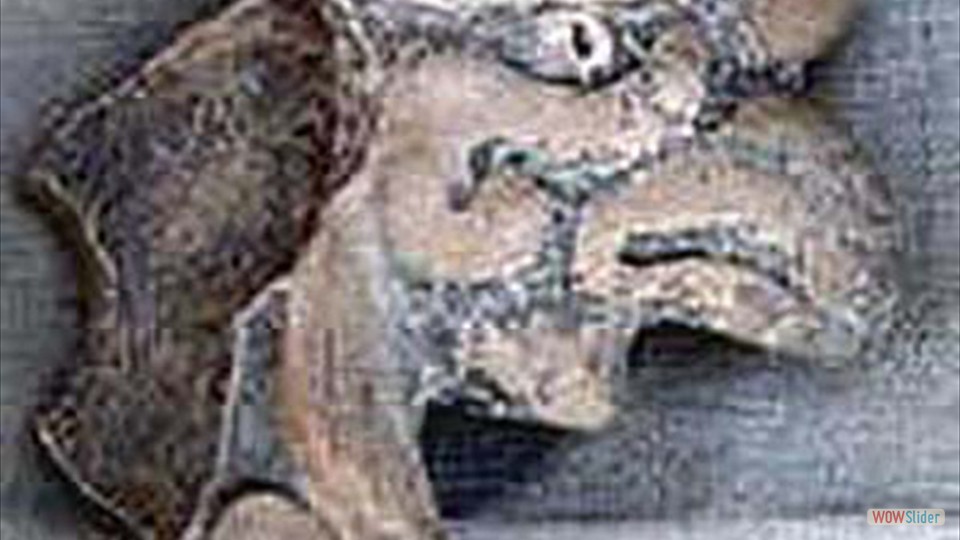The site of Cerro Palenque covers 26 hectares in the hills on the west side of the Ulua River Valley. The site is named after the highest of these hills, which rises to an elevation of 232 meters above sea level. The hills sit at the joining of the Ulua and the Comayagua rivers, giving the inhabitants of this ancient community an excellent view of the river and surrounding flood plain. The earliest settlement is located on Cerro Palenque proper. Excavations here recovered Ulua Polychrome pottery, suggesting that the occupation dates to the Late Classic Period, or between 500 and 850 C.E.. During the Terminal Classic Period, this section was abandoned but Cerro Palenque became a much larger and denser community, with over 500 structures spread out on a series of ridges. Residential and special purpose structures are found in several distinct groups on these ridges. This occupation, during which Cerro Palenque became the largest settlement in the valley, is associated with the fine-paste ceramic tradition which dates from the Terminal Classic Period. During this period the largest group of structures were built and contains a large plaza 300 meters long. The Great Plaza is the political heart of the ancient community during its Terminal Classic occupation. A series of special purpose structures are built around the plaza. At its southern end is found a ball court built on a raised terrace.

Copyright: © 1999 thru 2021. All the content; content being images, statements and writing of this website including E-Book are the copyright of Freedom8.net and Walter F. Petrucci, West Hurley, New York.
All rights expressly reserved and as such, protected by U.S. and International Copyright Laws. Design by freedom8 webmaster Version8.


 1
1 2
2